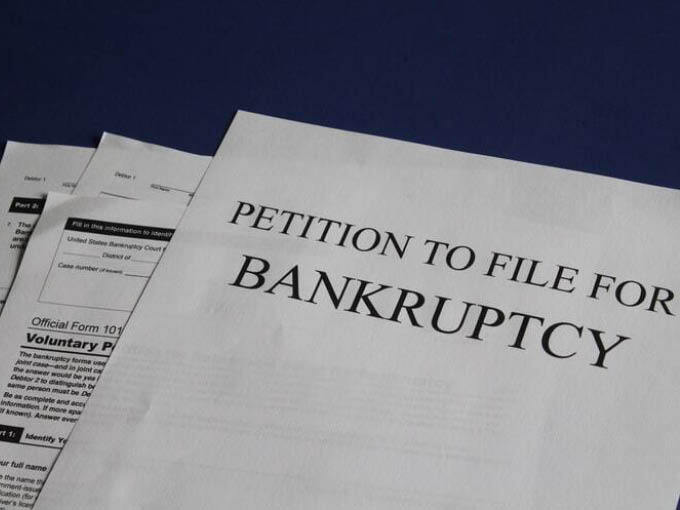Amid the chaos of panic-buying and toilet paper hoarding, companies had to transition their staff into working from home. Now that employees are settling into new routines, the coming weeks will reveal which businesses can survive quarantine and which will be part of an anticipated wave of bankruptcies.
“You have to be proactive, and take measures now,” says Randye Soref, principal at LA-based Polsinelli LLP.
Soref boasts more than 30 years of experience as a bankruptcy lawyer, and says companies looking into restructuring or bankruptcy protection as a last resort to save their businesses will be far too late.
“So many companies take the ‘wait and see’ track,” says Soref. “If you’re not taking cost-cutting measures now, you should be. The reality is, this pandemic will affect every business.”
With families around the world under quarantine in an effort to slow the spread of COVID-19, companies can no longer rely on location-based brand extensions for revenue and the production of live-action content is on hold indefinitely. Animation work can continue, but face-to-face pitches are impossible to come by. And for many broadcasters faced with greater viewership but falling advertisers, development has slowed. For retailers and toymakers, meanwhile, this pandemic has further complicated an already difficult climate.
Toys “R” Us filed for bankruptcy in 2017 before shuttering its US operations in 2018 (resulting in the closure of more than 700 remaining stores and leading to an estimated 300,000 job losses). Sears Holdings Corporation, Netherlands-based retailer InterToys and UK retailer Mothercare have faced similar financial struggles in recent years.
Whether they are focused on content or consumer products, steps all companies can take include evaluating employees and determining who is essential and who can be furloughed or laid off; examining leases and deciding which need to be paid; and evaluating bank debt and determining whether it makes sense to draw down on that debt to create a cash stockpile.
“The whole idea is to save cash,” Soref says. “Cash is going to be king when all of this is done.”
For companies that can’t weather the current storm by cost-cutting alone, there are several options. A forbearance agreement with lenders or out-of-court restructuring will likely be the preference for many businesses, she explains. The former is when the lender reduces or even suspends mortgage payments for a limited period of time, while the latter sees the company and its creditors adjust obligations outside of court proceedings. These options are often preferred over bankruptcy, as hiring an attorney and filing for bankruptcy is expensive. But bankruptcy can also be used as a tool.
“The really large production companies will be fine, but the smaller ones?” says Soref. “Years ago there was a wave of studio bankruptcies, smaller ones, and we might see that now. The industry has changed a lot since then, but my guess is that we’ll see some instances where [IP] libraries are a company’s largest asset, and they might need to be sold [to help keep the studio afloat]. The best way to sell those, unless it’s a private sale, is through a bankruptcy.”
There are also potential opportunities that can come out of upcoming bankruptcies, says Soref—especially for companies looking to acquire those sold off IPs.
“If you are a buyer, then you might have opportunities to purchase assets or buy a business at a much lower rate than you would have been able to do otherwise just because of the circumstances of the seller.”






















